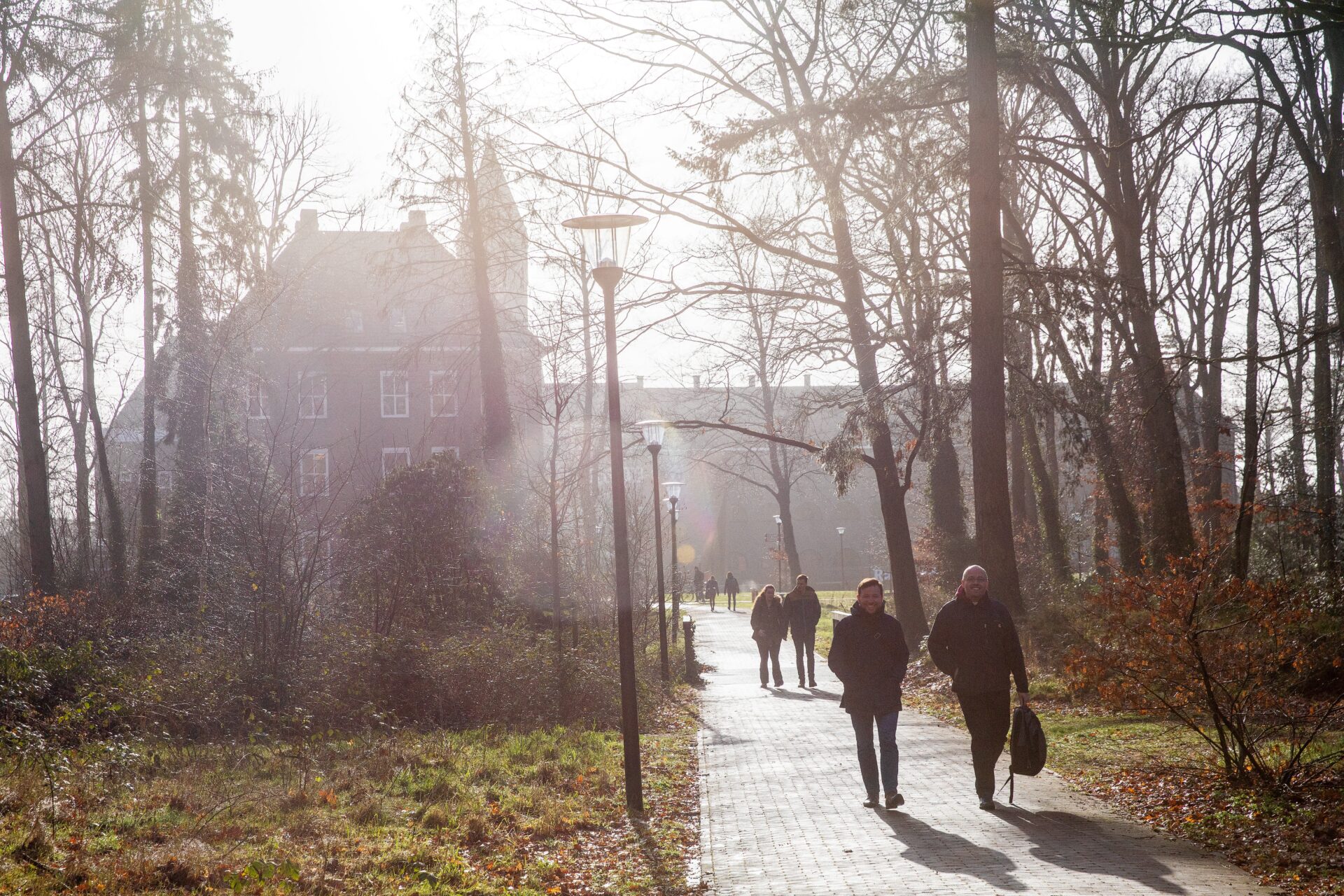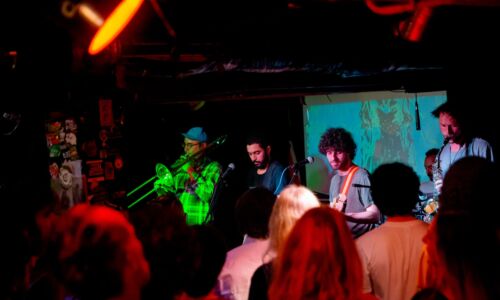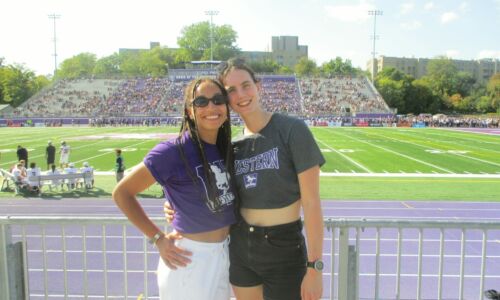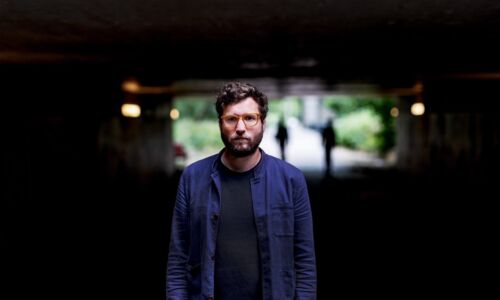Fewer cars and more student housing: this is what campus will look like in future (if it’s up to the Municipality)
-
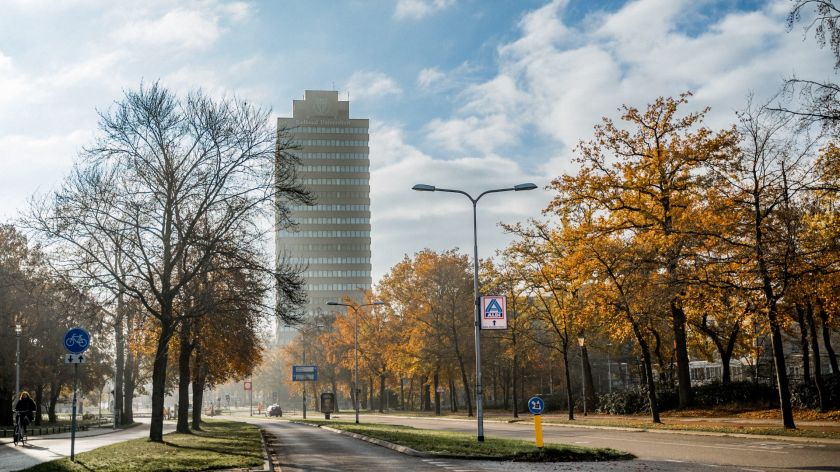 Photo by Johannes Fiebig
Photo by Johannes Fiebig
Fewer cars, wide pedestrian crossings, limited parking and a lower speed limit. The campus will undergo a major metamorphosis in the coming years if the plans in the Heijendaal Campus Vision are implemented. Here's what's going to change.
The future of the campus has long been under discussion. For years, the Municipality, university, university of applied sciences, hospital, Province, transport operators and residents have been arguing about exactly what the campus should look like. Recently, the municipality, Radboud University, Radboudumc, and HAN presented a joint vision for the future of the area.
All these parties agree on some issues. Indeed, more greenery on campus and greater attention to biodiversity should be given. Encouraging the use of bicycles and public transport is also a no-brainer.
30 kilometres per hour
However, the parties have had trouble agreeing on other topics. After all, reducing car traffic sounds nice, but how do you achieve that in practice? In the past, a plan to make Heyendaalseweg and Erasmuslaan car-free met some resistance from the neighbourhood. That idea is now off the table.
But the proposed parking policy and speed limit reduction to 30 kilometres per hour have also been hotly debated. What would this mean for traffic jams in the area? Heyendaalseweg comes to a standstill every morning – even for cyclists. And how should we deal with the packed trains heading south from Heyendaal station?
Recently, the Municipality of Nijmegen presented a new vision for the area that addresses all these topics. The plan should make the area greener, healthier, livelier and, above all, future-proof. Public participation evenings on the subject are being held by the City Council this evening and next Wednesday. During these evenings, local residents can have their say.
What changes will students and staff be able to notice? We highlight seven key themes below.
1. No cars on campus
Those who work or study on campus should be able to get here more easily in future. By public transport or bicycle, that is. Cars will be kept off campus as much as possible. Pedestrians and cyclists will be given more space and public transport should become easier and more user-friendly.
The first steps towards this have already been taken. In recent months, for example, work has been carried out on renovating Heyendaal station. Some 14,500 commuters use the station daily. The renovations should be completed this spring. From 2027 onward, the southbound Maaslijn route will also become electric, as a result of which it is expected to be able to transport more passengers.
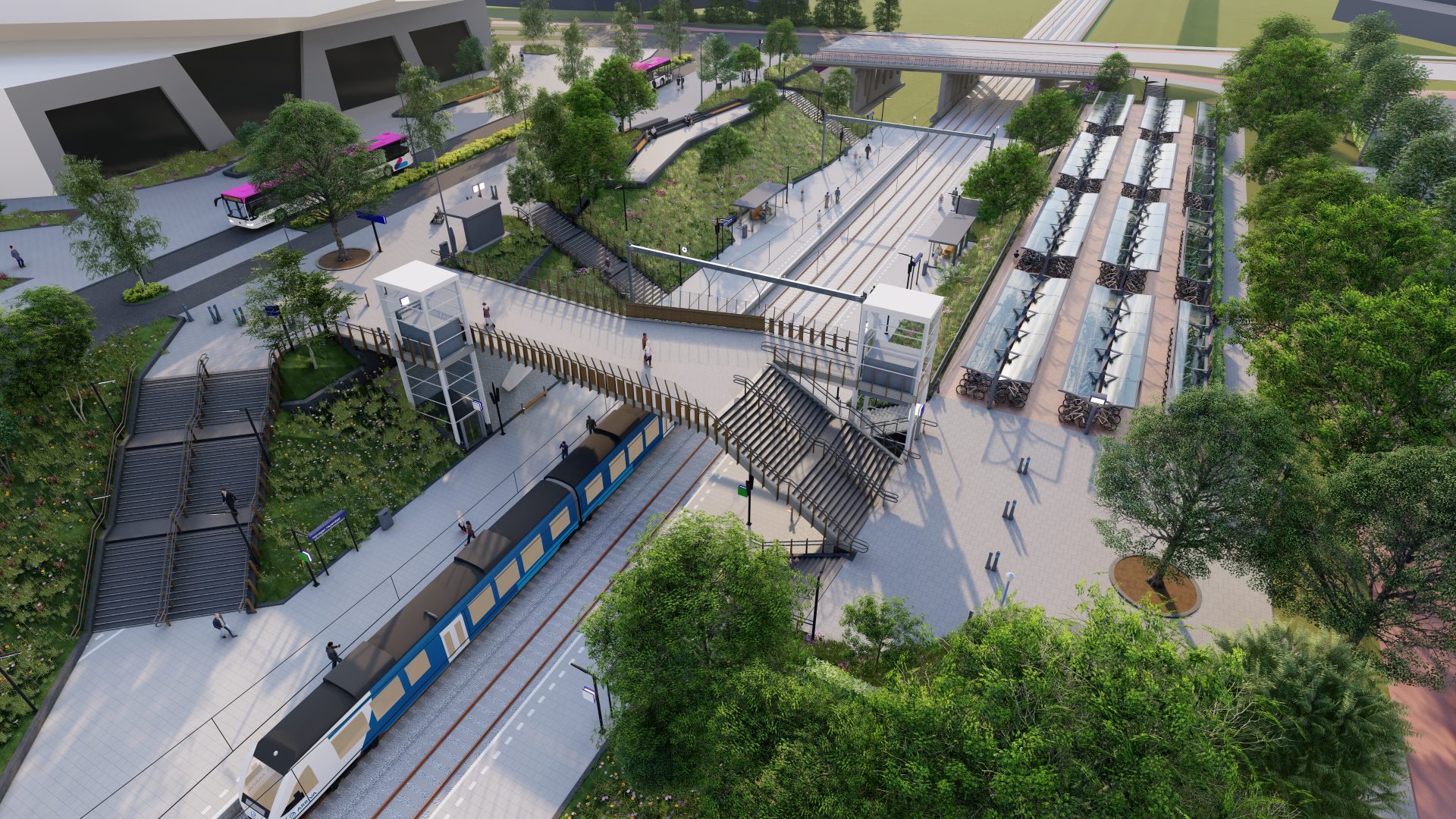
Footpaths and cycle paths on campus will also be improved (see point 4), making it easier for people to move between buildings. More footpaths, cycle paths and pedestrian crossings will be constructed, with the added effect of spreading the crowds better during peak times. The idea is that cars also won’t have to wait as long as a result.
Cycle paths around the campus have already been tackled recently. For example, Thijmstraat and the crossing with St. Annastraat were redesigned at the end of 2024, and a new layer of asphalt was spread on Heyendaalseweg and d’Almarasweg. The d’Almarasweg has been made safer for cyclists: intersections and the railway crossing have been adjusted, and speed bumps have been installed and raised. In the future, the bicycle highway along the railway tracks will also be extended to d’Almarasweg.
2. Fewer polluting cars on university grounds
Since the beginning of this year, the campus has been a zero-emissions zone for suppliers. This means that companies are only welcome with their delivery van or truck if it is electric. Radboud University already works with electric cars a lot for its supplies in any case.
For students and staff, little has changed – you can still enter campus in a diesel car. Only old mopeds are banned, as these fall under the Municipality’s zero-emissions rules.
3. Slower driving on campus
30 kilometres per hour. That will soon be the speed limit on university grounds. Only St. Annastraat will still have a speed limit of 50 kilometres per hour. Besides promoting road safety, the hope is that passing traffic will avoid campus more in future.
Incidentally, the new speed limit is not unique to this part of the city; 30 kilometres is becoming the norm throughout the municipality, except on larger, major roads. When exactly this will be implemented remains to be seen. Within the Municipality, there is still much wrangling over the implementation of the plan. Just recently, the plan was amended by the City Council: it will now be introduced in stages.
4. Better footpaths
Across campus, footpaths will be improved. These should be widened and made more accessible to connect all buildings.
To make walking more attractive, roads will also be redesigned. Large pedestrian crossing squares will be created on Heyendaalseweg, Erasmuslaan and Kapittelweg. Several so-called crossing islands will also be added to the central reservation, so that people do not have to cross in one go.
5. Car park changes
Those who do come to campus by car in future won’t be able to park in as many places as before. Parking will be offered in so-called hubs: clusters where cars can be parked together. The parking fee (currently €2.50 an hour) will also increase.
In addition, paid parking will be extended in the surrounding neighbourhoods. This is already happening in some neighbourhoods around Radboudumc. But it will also become the norm in parts of Groenewoud and Brakkenstein in future. This should prevent staff from parking their cars in nearby neighbourhoods, where residents have been complaining about parking nuisance for years.
What’s more, parking changes won’t only affect drivers. More bicycle racks will also be added. New racks were already installed recently near the Lecture Hall complex, the Grotius Building and the Spinoza Building. More parking spots for shared e-bikes and scooters will also be created.
6. A green park for Radboudumc
By 2028, a green park should appear on the site of the former main building of Radboudumc. Demolition of the old part of the hospital is now in full swing. This demolition should be completed by the end of 2025, after which construction for the park can begin.
At that point, the driving route to the hospital will also be amended – traffic will no longer pass behind Huize Heyendael, but will turn off earlier. To make this a reality, Philips van Leydenlaan will also be rerouted. And the large car park that is currently there will also need to be revamped.
7. Additional student housing on campus
It is a fervent wish of the university (and of all students in Nijmegen) for more student housing to be built on campus. Some 500 to 1,500 additional student rooms should be added in the coming years.
Where exactly these 500 to 1,500 flats should be located is still unclear. One option under consideration is the Erasmustoren; it could accommodate around 400 students. But for that to happen, the Faculty of Arts and the Faculty of Philosophy, Theology and Religious Studies would first have to move to the Spinoza Building. And that move was put on hold indefinitely in view of the budget cuts.
A few years back, 159 rooms were made available in Nestor and in the spring of 2024, another 149 temporary rooms were created behind the Huygens Building in Nemea, both managed by SSH&. SSH& aims to create an additional 1,000 student rooms by 2030.
